Everyone knows that a cedar roof consists of overlapping shakes, structural beams and a chimney. However, living in a house, we forget about other elements, such as sheathing, insulation membrane and even nails, which are essential parts of a very complex and durable puzzle. Just how does it all work? What else makes up the monolith we see when we look at the roof?
Table of Contents
First Things First – Roof Truss
Roof Truss is a structure whose task is to hold all the following elements together and carry the loads generated by snow, wind and cedar shakes. Already at this stage we can distinguish a number of elements, such as ridge beams, purlins, bents, struts and common rafters. Depending on the design, rafters may or may not be densely spaced. In some cases, bent elements are also used, but conventional cedar roofs built in the United States are fairly simple structures that do not need to carry heavy loads.
Ridge Beam or Ridge Board
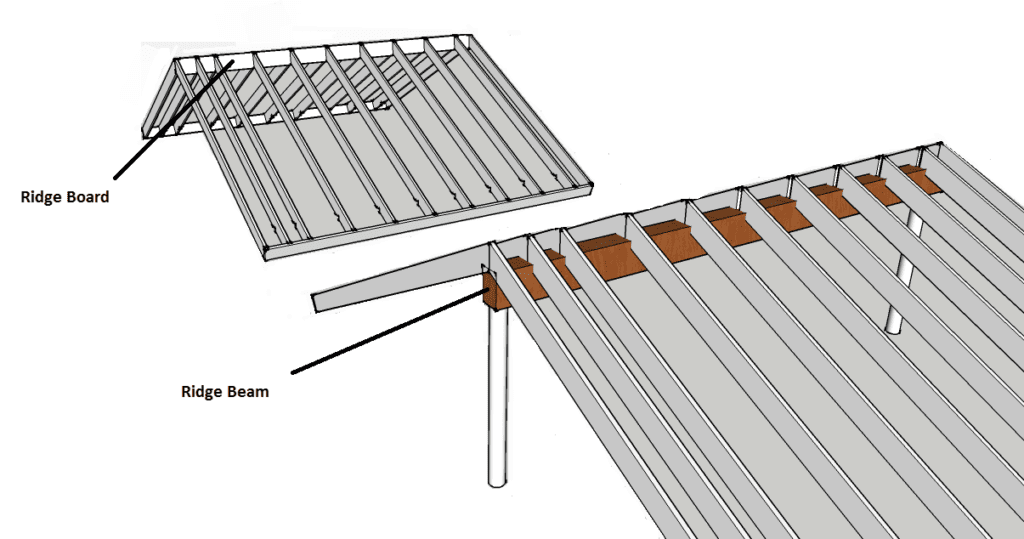
If a roof truss were a person’s skeleton, ridge beams and ridge boards would be the spine. The purpose of the ridge boards is to bind the rafters together – so it is a connector that sets the entire structure in a certain way. Ridge beams also act as a backbone, but they also help carry the load. The choice of the right solution is not accidental – as a structural element, beams are used at slopes of less than 3/12 and allow more space in the attic. Boards do not transfer loads and can be used at higher slopes, but their use involves joints, connecting rafters from below.
In practice, ridge beams are chosen when building slate roofs, which are very heavy. Cedar roofs require less heavy-duty construction, but aside from slightly less attic space, the use of beams has essentially no consequences.
Rafters
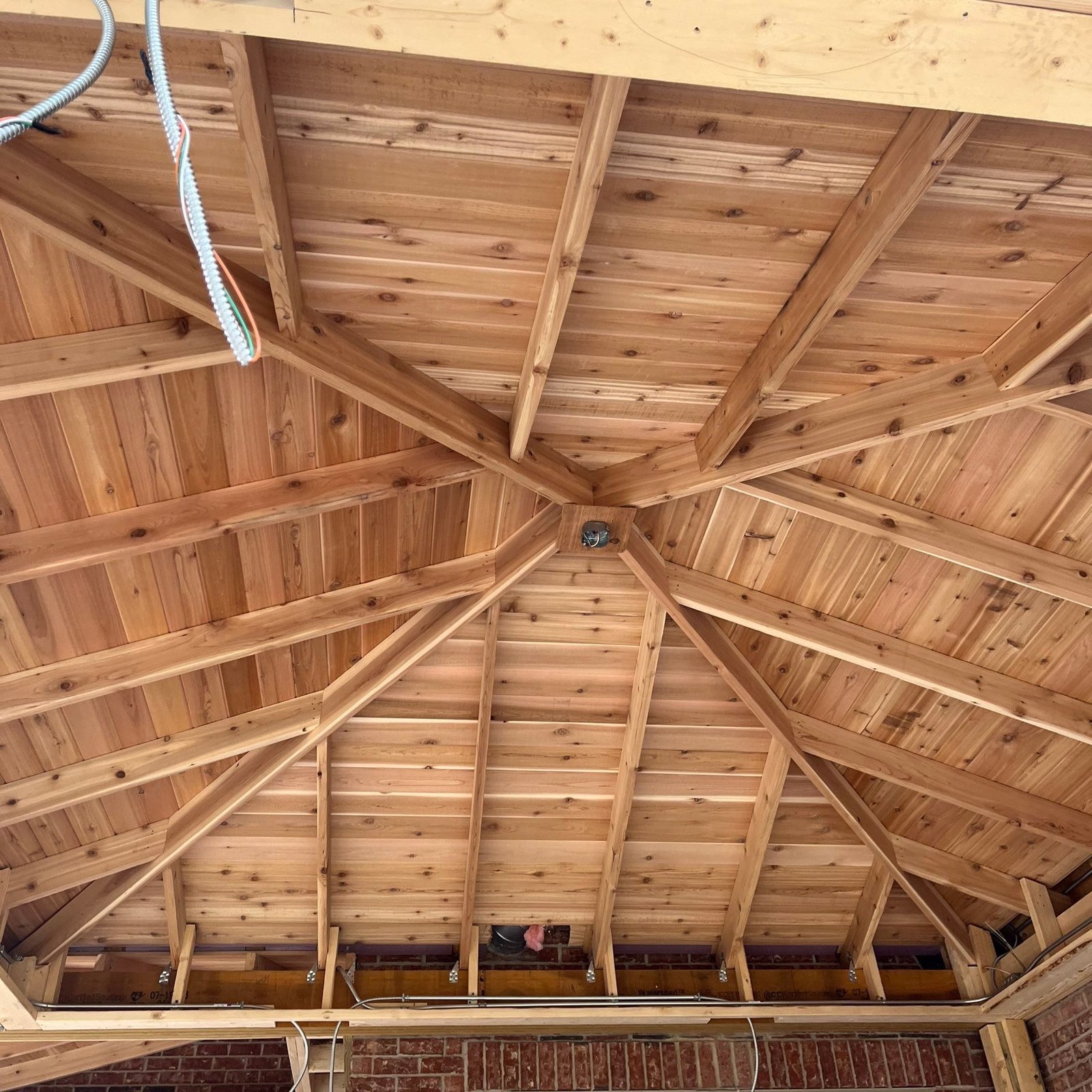
The second element, without which no roof would be built, are the rafters. These are a series of sloping structural elements that connect the ridge to the lower part of the roof – sometimes, also directly to the wall plates. Rafters are the support for the roof sheathing, such as asphalt shingles, cedar shakes or slate tiles. In the case of modern construction, the spaces created by rafters are used for the installation of an insulation layer, for example, in the form of low-pressure foam or mineral wool.
If we were to apply analogies to the world of biology, rafters would be the equivalent of ribs in the human body – they stiffen the entire structure, carry loads and allow the safe installation of sheathing (plywoods, planks) or purlins.
The frequency with which rafters are laid out depends on a number of factors. Relevant ones include:
- Dimensions of rafters – usually 2 x 4″, 2 x 6″, 2 x 8″ and 2 x 10″;
- The type of material – rafters made from southern yellow pine and douglas fir are generally more durable than those made of spruce;
- The roofing material used – slate tiles are many times heavier than asphalt shingles, cedar shakes or metal sheets, so much stronger framing is needed to install them;
- The likelihood of snowfall – the snow and ice that can pile up on the roof is very heavy, forcing builders to use stronger rafters and other load-bearing elements.
The most common spacings are 16″ and 24″, but there are times when a project requires non-standard spacings, such as 12″.
Purlins
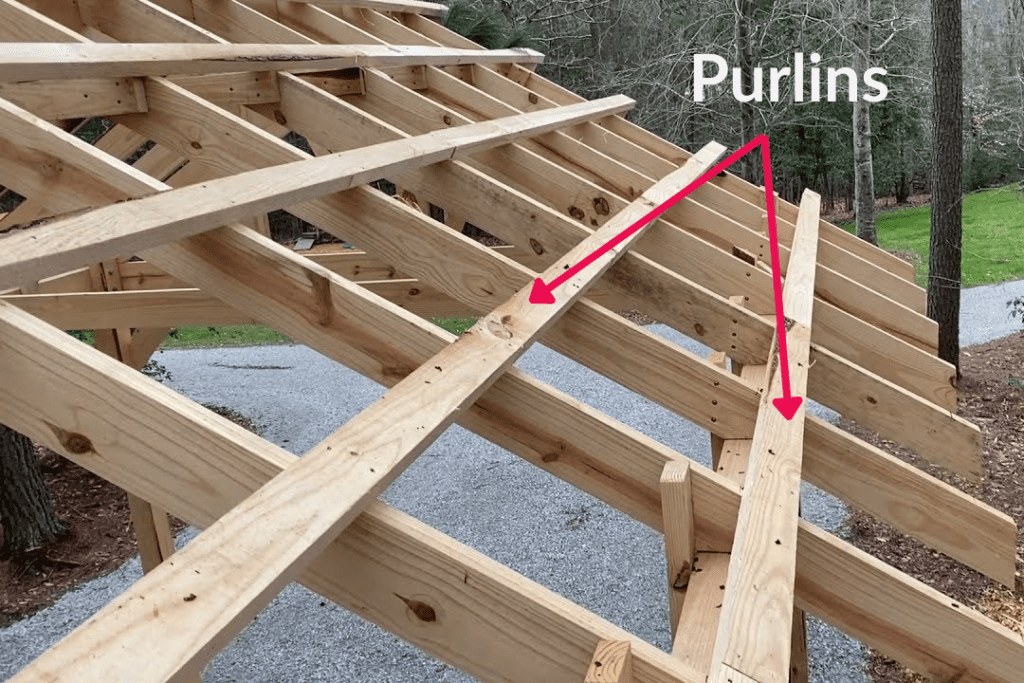
Parallel to the ridge and perpendicular to the rafters are purlins. This is another element of roof framing, because with its help, the pressure forces are distributed more evenly and the rafters are stabilized. It is the distribution of weight over a larger area that is the main task of purlins – they make the rafters can be thinner and distributed at wider intervals.
There are roofs for which purlins are not used – this is the case when the rafters are distributed densely enough, the roof sheathing is thick enough, and shingles / shake / sheets weigh little. However, this is not a solution we would recommend. It is difficult to build a roof that is too strong or too solid, but the opposite often happens.
Sheathing / Decking
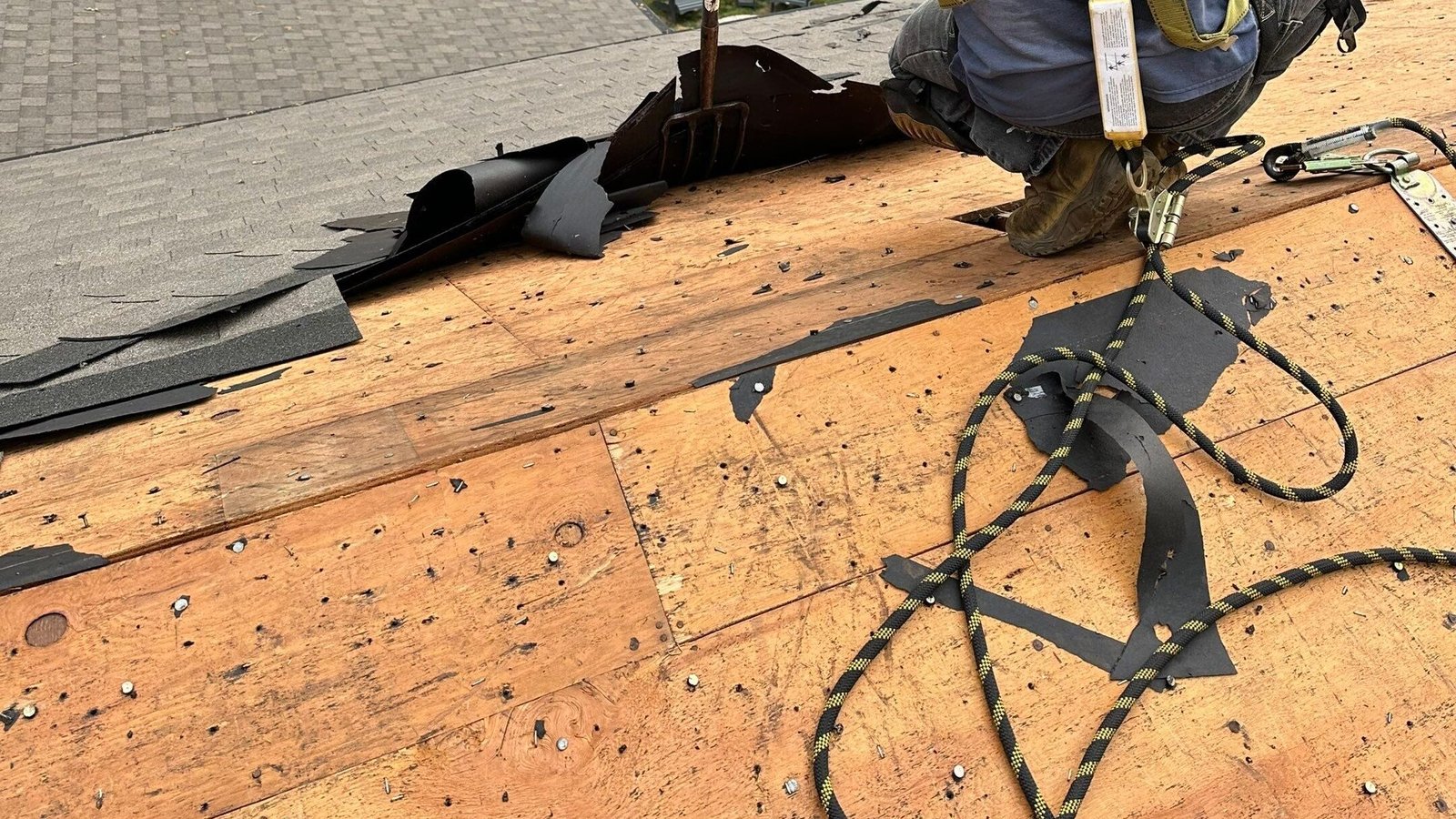
Roof sheathing usually consists of plywood, OSB or other wood boards, the purpose of which is to create a flat surface on rafters. In the past, when technology was not yet so developed, planks were used for this purpose. Nowadays, plank sheathing is much less popular, but the essential function remains exactly the same – it is simply a surface on which an insulation membrane is installed as well as a cover for your roof, such as cedar shakes.
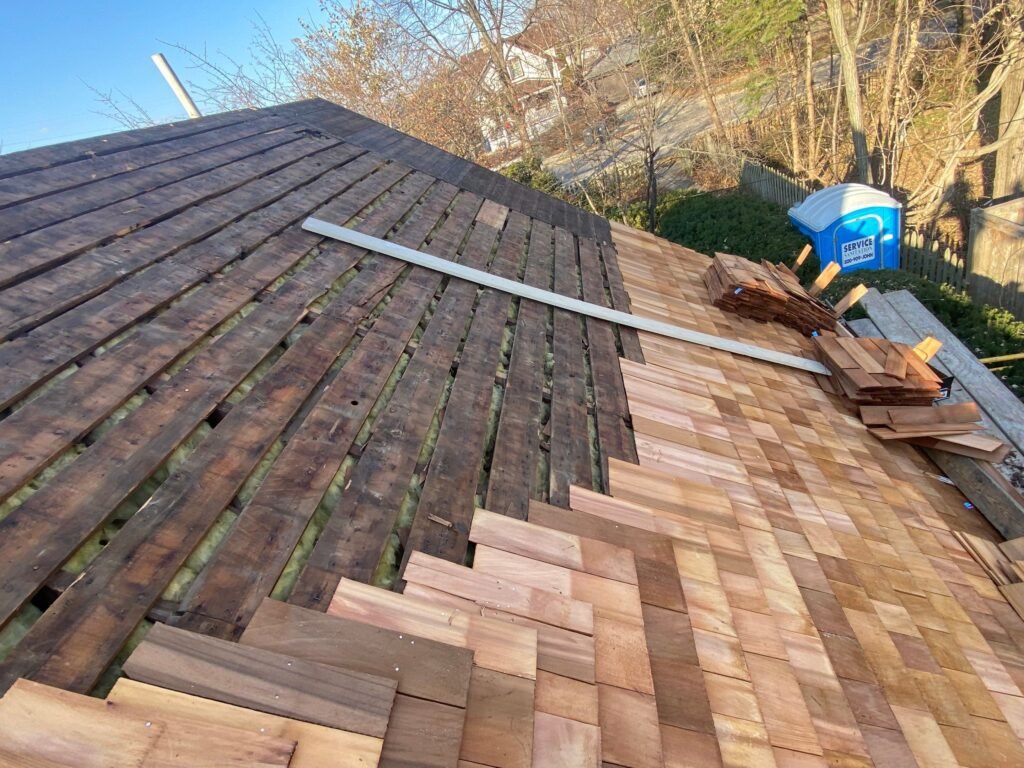
The thickness of the sheathing can vary – the smaller the gaps between the rafters, the thinner the plywood can be, as the pressure is more evenly distributed. The analogy is with purlins – the more of them there are, the thinner the sheathing you need.
To Keep Your Home Warm – Roof Insulation
Now that you know the basic elements of roof construction, it’s worth looking at a system that, while not eye-catching, is extremely important – insulation. Winters in the Illinois area can be cold and snowy, while summers can be hot. Such conditions mean that every homeowner expects good insulation performance from the roof, which can only be achieved by using several technological solutions.
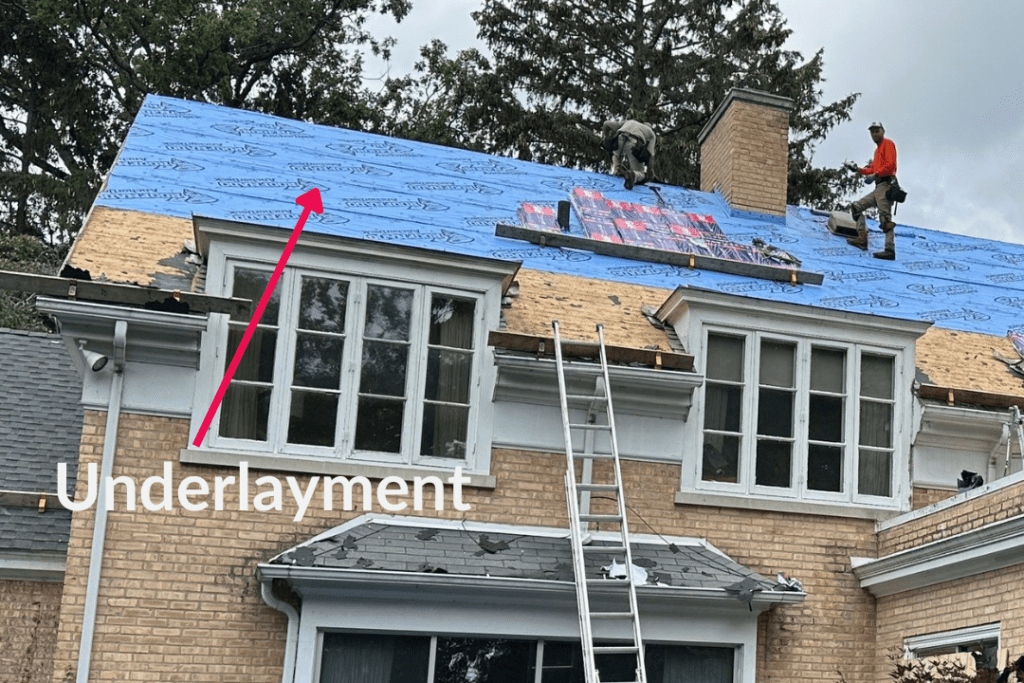
The basic element of any insulation is the roof underlayment, which protects not only from heat loss, but also from moisture penetration into the building. Located between plywoods and shingles / shakes, the installed layer is several millimeters thick. Typically, underlayment takes the form of a self-adhesive film or polymer membrane nailed to the sheathing. It is worth remembering that a well-installed underlayment is the key to achieving adequate moisture in the attic. Manufacturers go to great lengths to ensure that their membranes wick water vapor to the outside – proper ventilation is essential part of mold prevention.
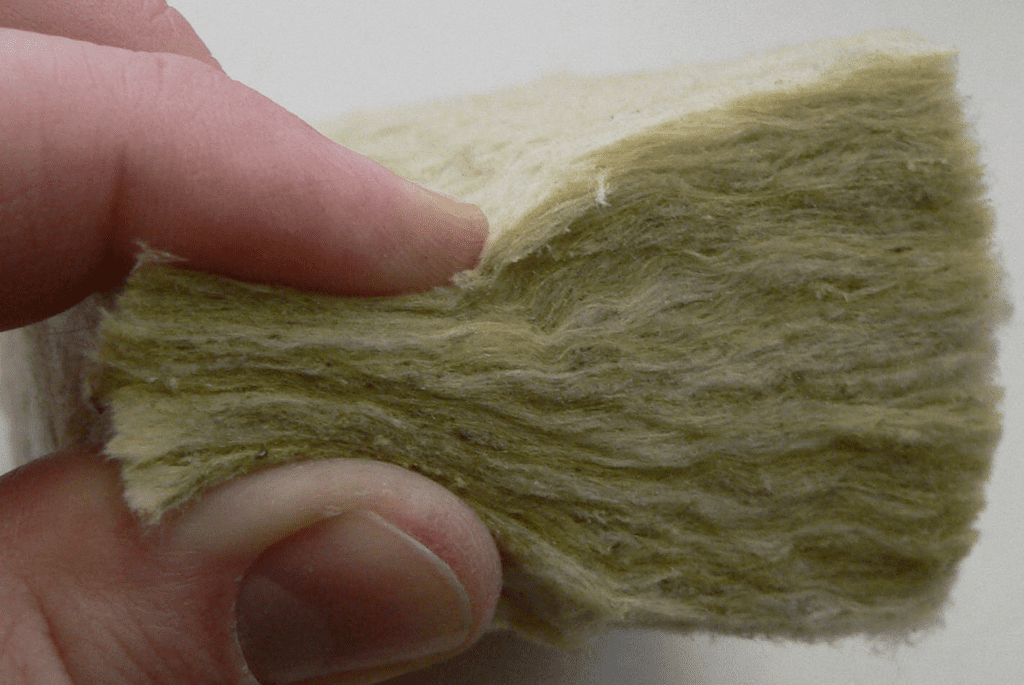
Another solution are insulation boards and mineral wool. Unlike underlayment, they are placed under the roof, in the gaps between the rafters, and their purpose is basically only to reduce heat flow. Even a 2″ layer of mineral wool clearly reduces the cost of heating and air-conditioning the house, and stabilizes temperatures. You will get an even greater effect if you use wool and underlayment on your roof at the same time. Some insulation boards offer even better performance than mineral wool, but usually, they are more expensive.
To Give Your Roof a Charm – Cedar Shakes
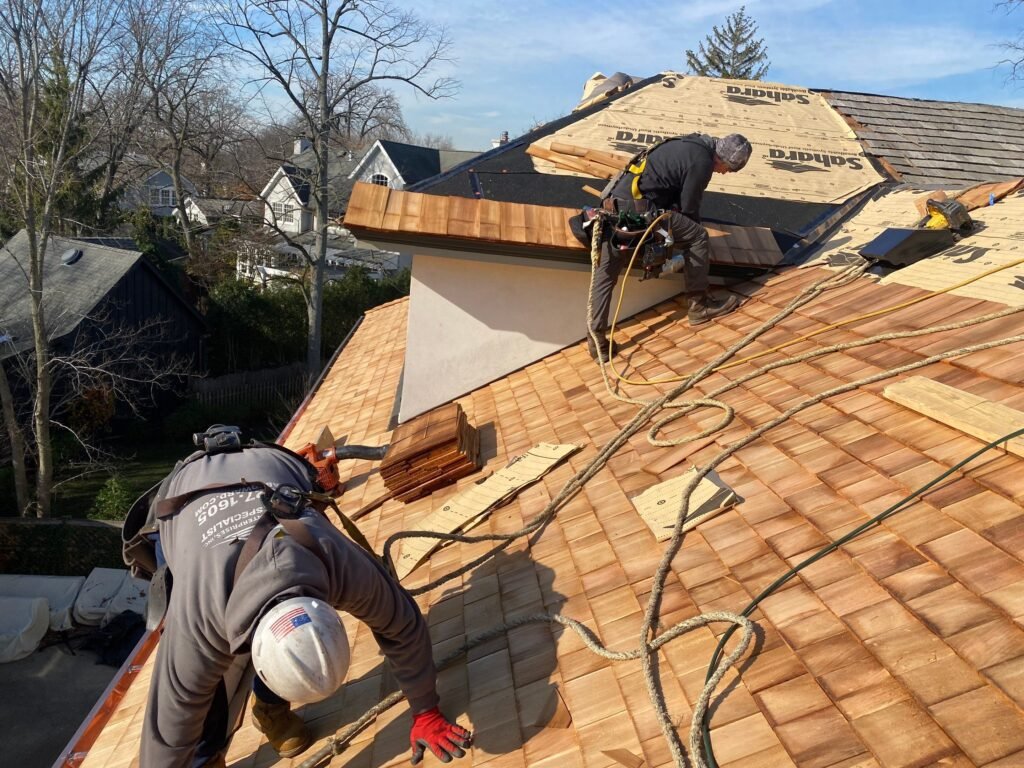
So far, we haven’t yet mentioned probably the most important element of any roof that catches the eye right away. Roofing, as it is referred to, can take many forms – they can be asphalt shingles, slate tiles, terra cotta tiles, synthetic materials, as well as cedar shakes.
First of all, shakes as well as tiles have a protective function – they protect the sheathing and underlayment from the onslaught of snow, hail and rain. They also block UV radiation, which, as a rule, degrades basically every material used in construction. In addition, shakes also have an insulating function – in fact, there is a layer of air underneath them, which slows the escape of heat.
In addition to this, the aesthetic aspect is also very important – the roof is simply a big part of your home and its grandeur has a decisive impact on how the entire property is judged. Clean, high-quality shakes increase the value of the property at resale, which makes the investment in roof replacement can be very profitable.
And let’s not forget about safety. The right roofing material provides protection from high winds, is relatively non-flammable and limits the entry of many pests into your home.


